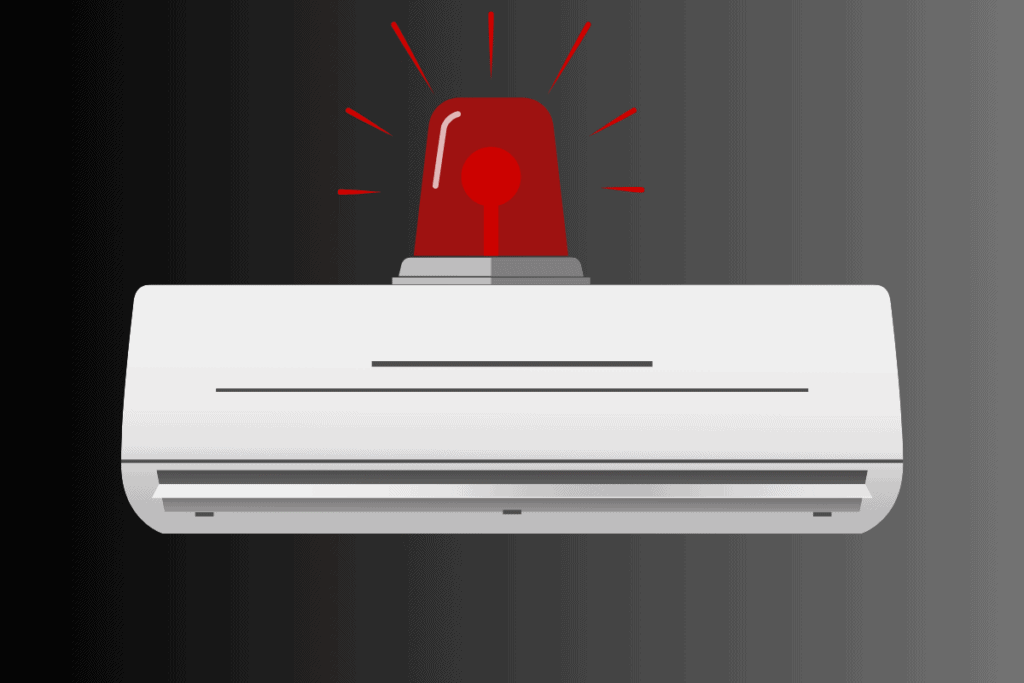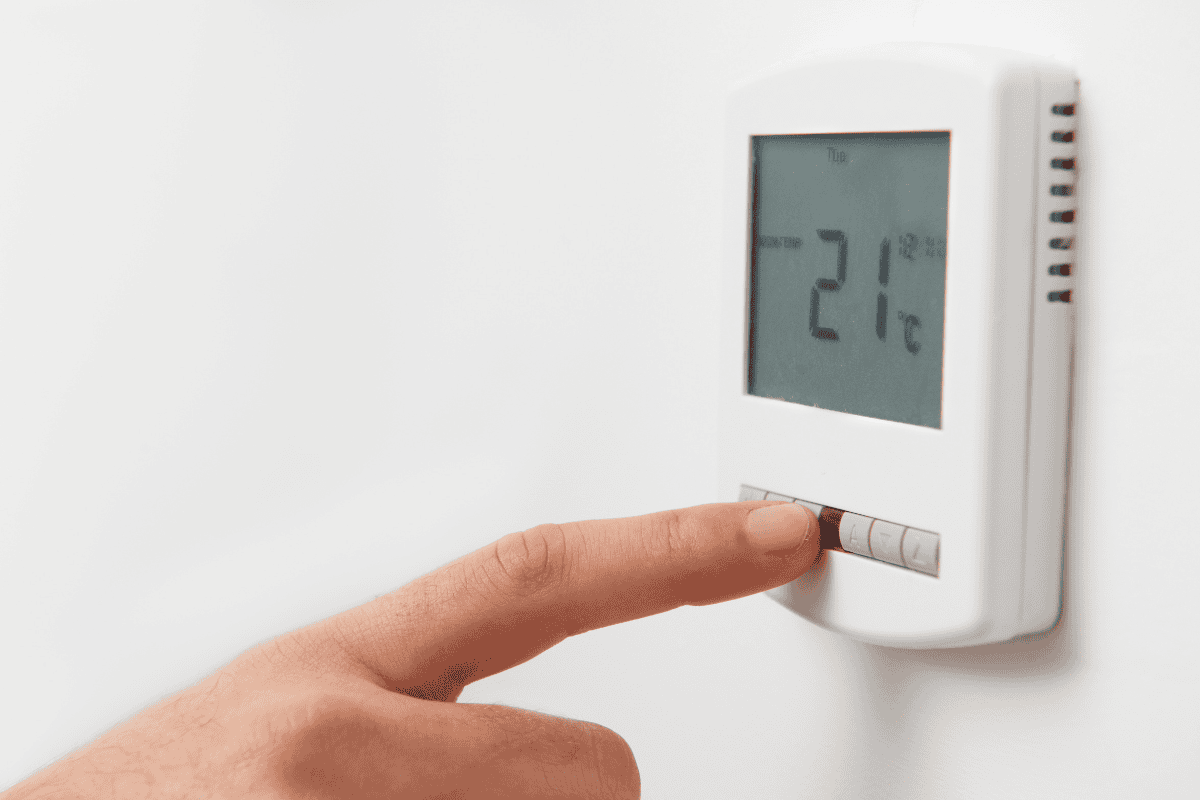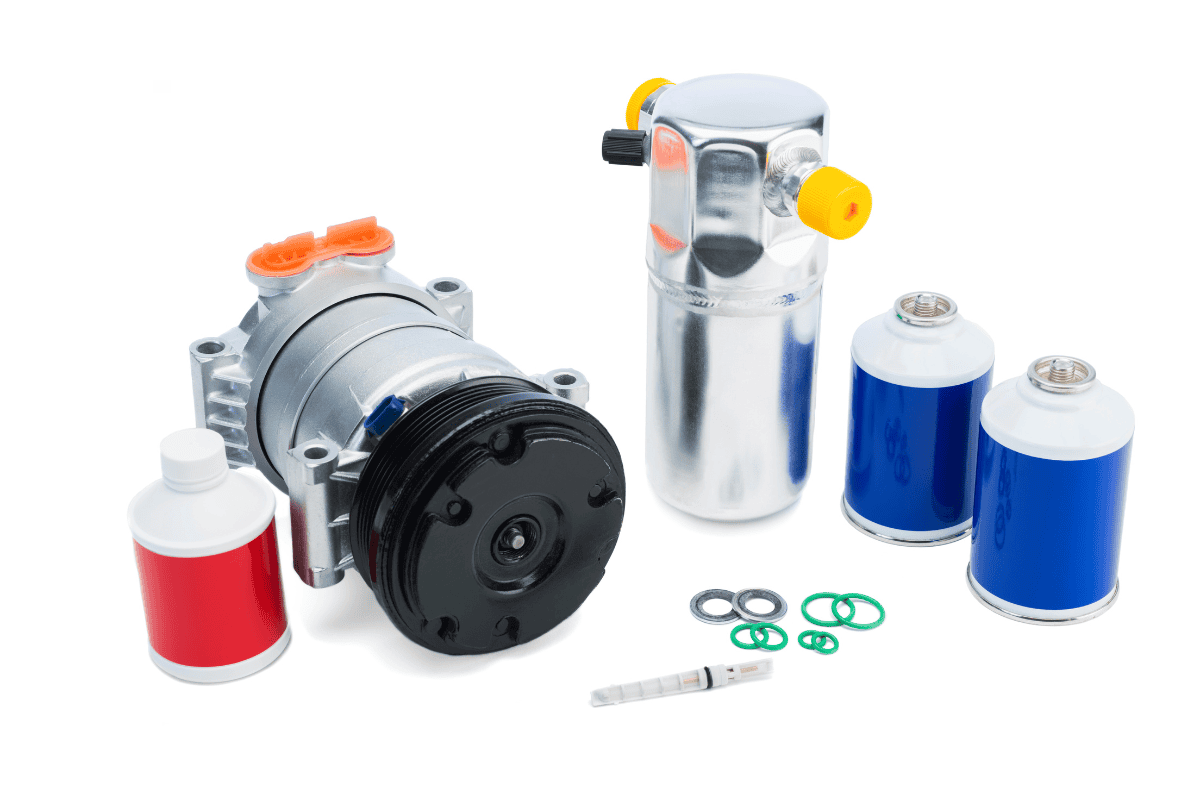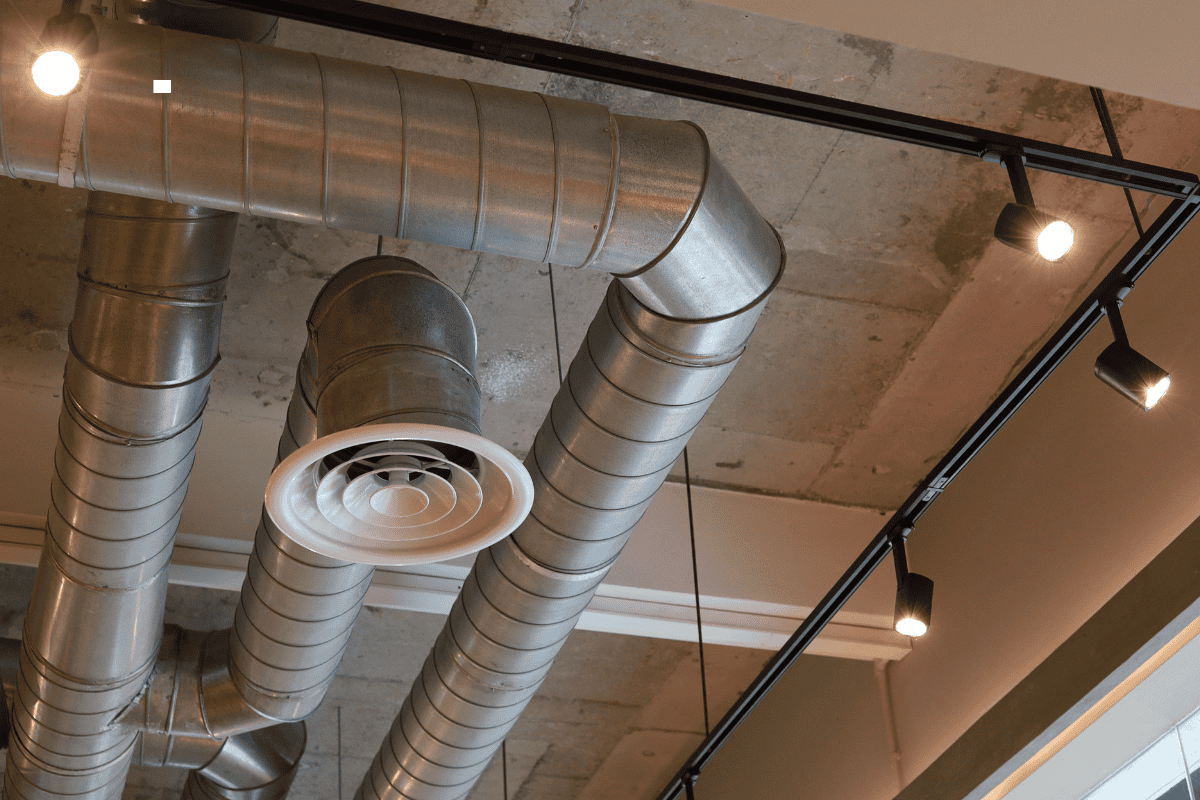AC Light Blinking 3 Times? 6 Causes & Solutions

Is your AC light blinking 3 times, leaving you puzzled and concerned? As a homeowner, you rely on your air conditioner to keep you comfortable, but when the AC light starts blinking, it’s a clear sign that something isn’t quite right. This issue can be frustrating and worrying, but understanding what’s behind it is essential for maintaining a well-functioning cooling system.
This blinking light is a way for your air conditioning to communicate that there’s an underlying problem that needs attention. Ignoring this warning sign can lead to reduced efficiency, higher energy bills, and potentially more significant damage to your AC.
Don’t let a blinking AC light disrupt your comfort or drain your wallet. By understanding the common causes behind this issue and taking action, you can make sure that your air conditioning continues to provide the cool, refreshing air you need.
In this article, we’ll explore the 6 most common reasons your AC light on your ac button blinks and discover the solutions that will get your system back on track.
Contents
6 Reasons Why AC Light Is Blinking 3 Times
1. Error Codes and Diagnostics
When your air conditioner light blinks 3 times, it’s often an indication of an error code. These codes are designed to help diagnose issues quickly without the need for specialized tools. Each AC manufacturer has a unique set of codes represented by different blinking patterns. To understand what a particular blinking light means, refer to your air conditioner’s owners manual. It will provide valuable insights into the specific issue your AC unit is facing.
2. Thermostat Issues
A blinking AC light can also be caused by thermostat problems. Loose or damaged connections between the thermostat and your air conditioner unit can disrupt communication, leading to a flashing light.
Check that all connections are secure and free from damage. Additionally, incorrect thermostat settings may cause your AC to malfunction, resulting in blinking lights on your air conditioner.
3. Sensor Problems
Faulty sensors are another common reason for a blinking AC light. When sensors malfunction, they send incorrect signals to the air conditioner, causing it to blink as it tries to communicate the error. A qualified HVAC technician can use a multimeter to test the sensors and determine if they need recalibration or replacement.
4. Refrigerant Levels
Low refrigerant levels can cause your AC light to blink as the system struggles to cool the air effectively. If your air conditioner is not blowing cold air or you notice ice buildup on the evaporator coils, it may be a sign of low refrigerant. This could be due to a leak in the system, which needs to be identified and repaired promptly to prevent further issues.
Remember, while refrigerants are essential for keeping us cool, they also pose environmental challenges. Therefore, any refrigerant leaks should be addressed as soon as possible.
5. Electrical Problems
Electrical issues, such as tripped circuit breakers, can disrupt power to your air conditioner unit, causing the light to blink. If you notice your AC light blinking, check your circuit breakers and reset any that have tripped. If the problem persists, it’s best to consult a professional to inspect the wiring and to check there are no damaged or frayed wires.
6. Compressor Issues
A malfunctioning compressor can cause your AC light to blink. If you hear unusual noises coming from the compressor, such as grinding, rattling, or squealing, it may indicate mechanical problems that require professional attention.
When selecting a new compressor, opt for one with a high Seasonal Energy Efficiency Ratio (SEER) rating for optimal energy efficiency and performance.
How to Troubleshoot a Blinking AC Light
1. Consult the User Manual
Source: FCC ID
When you see your air conditioner light blinking, the first step is to consult your user manual. It provides essential information regarding error codes and their meanings, which is crucial for accurate diagnosis and troubleshooting. The manual typically includes a troubleshooting section with step-by-step instructions for addressing common issues. Follow these instructions carefully to resolve the problem efficiently and effectively.
2. Check the Thermostat
Next, verify that your thermostat is set to the desired temperature and cooling mode. Inspect the connections between the thermostat and your air conditioner to ensure they are secure and undamaged.
3. Inspect the Sensors
If you suspect sensor problems, use a multimeter or consult your user manual for specific instructions on testing them. Look for signs of physical damage or corrosion that may indicate sensor malfunction. If sensors are malfunctioning, follow the manufacturer’s recommendations for recalibration or replacement to ensure accurate readings and optimal AC performance.
4. Assess Refrigerant Levels
Low refrigerant levels can cause your AC light to blink. Look for indicators such as reduced cooling capacity, ice buildup on the evaporator coils, or hissing noises, as these suggest low refrigerant levels or a leak. If you suspect these issues, contact a qualified HVAC technician. They can safely inspect the system, identify any problems, and recharge the refrigerant if necessary. Remember, a leak inspection must be conducted every 12 months to comply with regulations.
5. Examine Electrical Components
Inspect the circuit breakers associated with your air conditioner unit to make sure they are not tripped. Reset any tripped breakers and monitor for further issues. Visually inspect the wiring connecting the AC unit to the power source, looking for signs of damage such as frayed wires, loose connections, or indications of overheating.
6. Evaluate the Compressor
Pay attention to any unusual noises coming from the compressor, as they may indicate mechanical problems that require professional attention. Carefully touch the compressor to assess its temperature. Overheating can indicate issues such as restricted airflow or compressor malfunction, which should be addressed promptly to prevent further damage to your air conditioner.
How Can You Maintain Your AC At Home?
1. Sealing and Insulating Ducts
Sealing and insulating your ducts can improve the efficiency of your heating and cooling system by as much as 20 percent. Properly sealed and insulated ducts help in conditioned air reaching its intended destination without leaks or heat loss.
2. Install a Smart Thermostat
Smart thermostats allow you to set temperatures for various times throughout the day and automatically lower the temperature when needed. They can save 10-15 percent of your energy needs while improving comfort and convenience.
3. Change Your Air Filter Regularly
Air filters should be changed every 90 days to maintain optimal air quality and AC performance if they are not reusable. The United States Department of Energy states that replacing dirty air filters can help improve the energy efficiency of an AC by 5-15%.
4. Keep It Clean
Clean the fins of your AC unit with a soft-bristle brush to remove dirt and debris. Unclog any blocked pipes for proper drainage and prevent water damage. Clean the air filters regularly to maintain adequate airflow and prevent dust and allergens from circulating in your home. Clean the evaporator coil to remove any built-up dirt or grime that can hinder heat transfer and reduce efficiency.
5. Control Heat Through Windows
Use blackout curtains or shades to reduce the amount of heat transferred through your windows by as much as 24 percent. Blocking out the sun’s rays helps keep your home cooler, reducing the workload on your AC unit.
6. Keep Your Outdoor Compressor in Shade During Summers
Place your outdoor compressor in a shaded area to reduce the load on your air conditioning unit and avoid damage to the compressor. Direct sunlight can heat up the compressor, causing the refrigerant to evaporate more rapidly and potentially leading to a breakdown. Keeping the compressor in the shade helps it operate more efficiently and prolongs its lifespan.
AC Light Doesn’t Stop Blinking? Call HVAC Angel
If you’ve tried troubleshooting your air conditioner’s blinking light issue but the problem persists, it’s time to call in the experts at HVAC Angel. Our team of highly skilled and experienced technicians is dedicated to providing the best possible service to our valued customers.
At HVAC Angel, we understand the importance of a properly functioning air conditioning system, especially during the hot summer months. That’s why we’ve invested in the latest diagnostic tools and training so that our technicians are equipped to handle any AC problem that comes their way.
Whether it’s a simple fix about supply vent or if your unit stops working altogether, we have the knowledge and expertise to get your system back up and running quickly and efficiently providing comfortable temp in your house.
When you choose HVAC Angel, you can rest assured that you’re getting top-notch service from a team that truly cares about your comfort. Don’t let a blinking AC light disrupt your comfort any longer. Trust the experts at HVAC Angel to diagnose and fix the problem, so you can enjoy cool, comfortable air all season long.
Contact us today to schedule your service appointment and experience the HVAC Angel difference for yourself.
Frequently Asked Questions
1. Why is cool light blinking on AC?
A blinking cool light on your air conditioner usually indicates an issue with the unit’s cooling function. It could be due to low refrigerant levels, a malfunctioning thermostat, or a problem with the compressor.
2. Why is my AC green light blinking?
A blinking green light on your air conditioner typically signifies a communication error between the unit and the thermostat. Check the connections and make sure the thermostat is set correctly.
3. Is it safe to reset the circuit breaker if my AC light is blinking?
Yes, it is generally safe to reset the circuit breaker if your AC light is blinking. However, if the issue persists after resetting, it’s best to contact a professional HVAC technician to diagnose and fix the problem.




